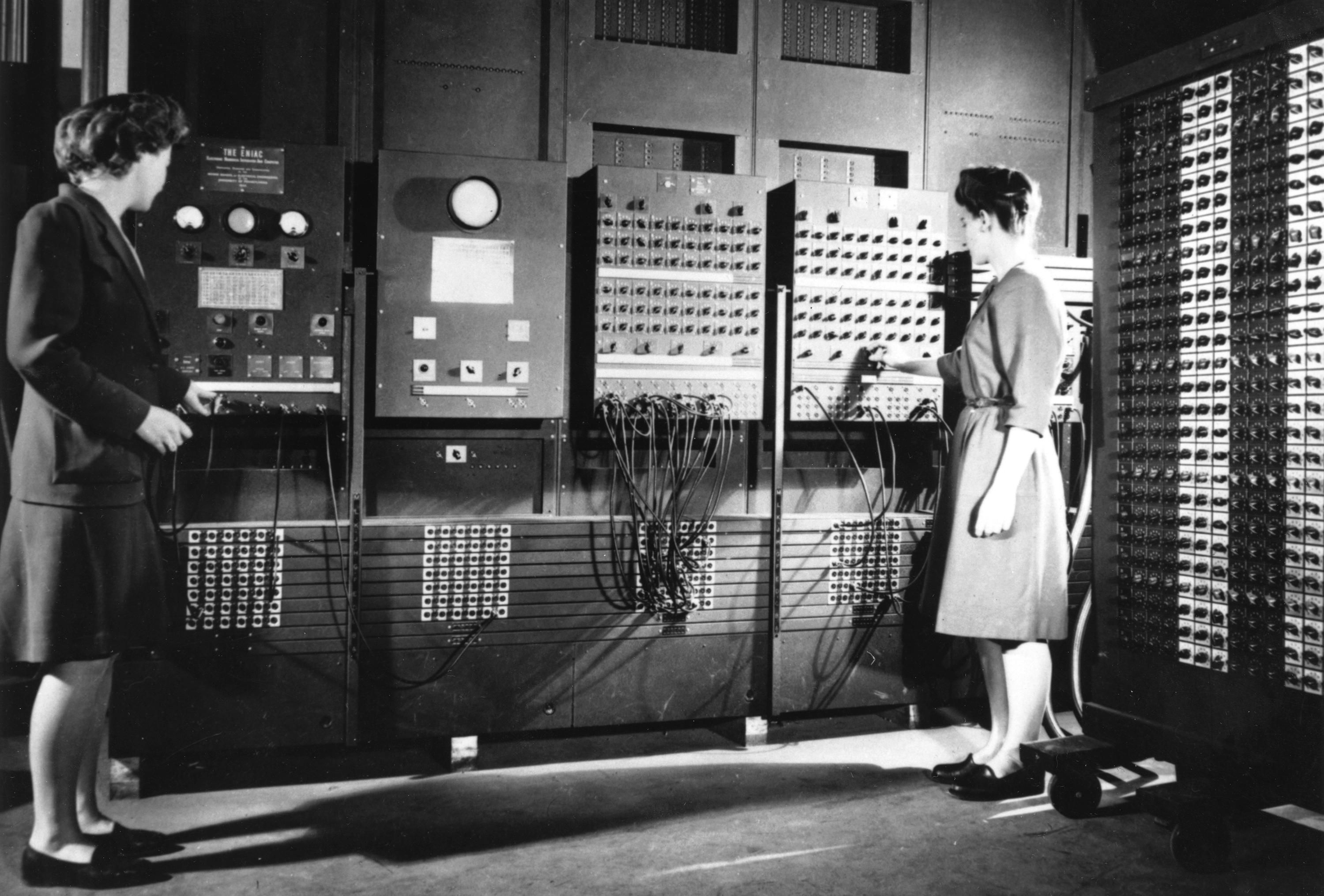The Evolution of Computers: A Brief History - JSS1 Computer Sudies Lesson Note
Computers have come a long way since their humble beginnings. The history of computers is like a fascinating journey through time, filled with innovation, creativity, and remarkable advancements.
The story begins with the abacus, an ancient counting device, and progresses to mechanical calculators like Blaise Pascal's Pascaline and Gottfried Wilhelm Leibniz's Step Reckoner in the 17th century. These early devices were designed to perform basic arithmetic, setting the stage for the more complex machines to come.
The 19th century witnessed the rise of mechanical computing devices. Charles Babbage, often regarded as the "father of the computer," envisioned a general-purpose machine called the Analytical Engine. Although never fully constructed in his time, Babbage's ideas laid the foundation for future computer development.
The 20th century ushered in the era of electronic computers. The ENIAC (Electronic Numerical Integrator and Computer), developed in the 1940s, was one of the earliest electronic computers. It filled an entire room and was programmed using punched cards, showcasing the massive strides in computing power.

Image from IEEE Spectrum
The 1950s and 1960s saw the invention of transistors, smaller and more reliable than vacuum tubes, leading to the development of smaller and more efficient computers. The integration of multiple transistors into a single chip, known as an integrated circuit, revolutionized computing by making machines more compact and accessible.
The 1970s and 1980s marked the advent of personal computers. Pioneering companies like Apple and IBM introduced the Apple II and the IBM PC, respectively, bringing computing power to individuals and small businesses. The graphical user interface, popularized by the Apple Macintosh, further enhanced user interaction.
The 1990s witnessed the explosive growth of the internet, connecting computers worldwide. This era saw the rise of the World Wide Web, making information and communication more accessible than ever. The internet became an integral part of daily life, shaping the way we communicate, learn, and work.
In the 21st century, the focus shifted to mobile computing. Smartphones and tablets became ubiquitous, providing powerful computing capabilities in the palm of our hands. Cloud computing emerged, enabling users to store and access data remotely.
Today, we stand at the forefront of artificial intelligence, quantum computing, and the Internet of Things, witnessing a continual evolution that promises even more incredible developments in the future.